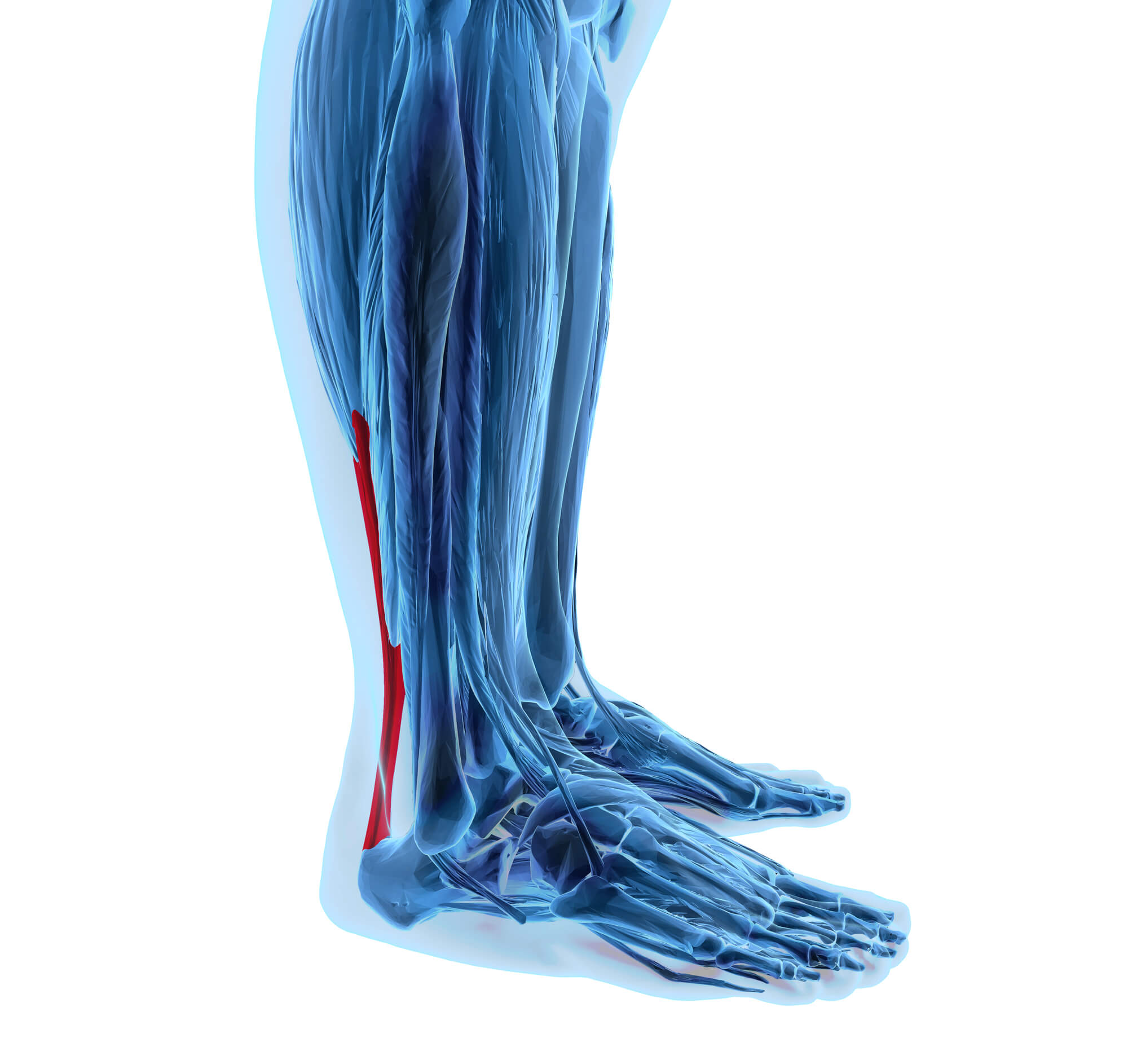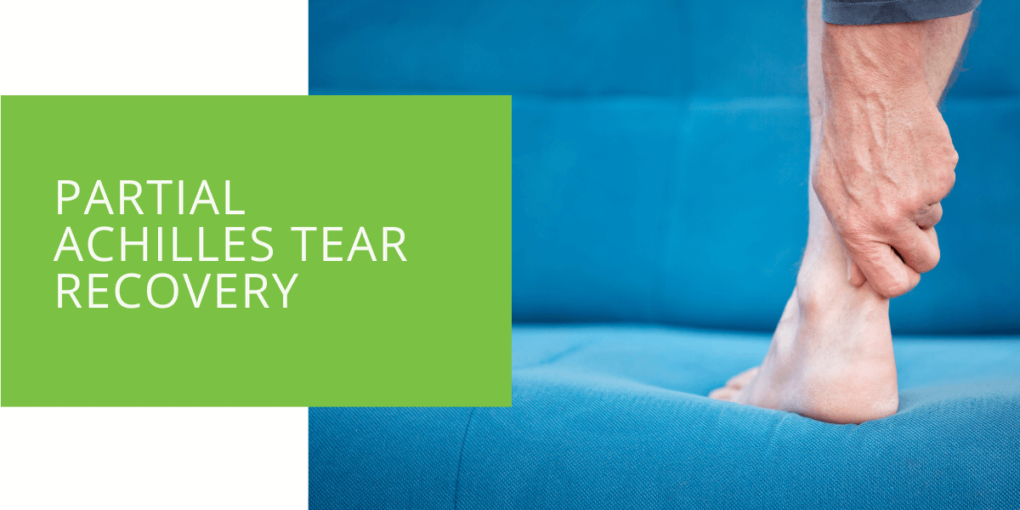Partial Achilles Tear Recovery
Whether you're a dedicated athlete, a fitness enthusiast, or someone simply striving for an active lifestyle, the setback of a partial Achilles tear can be daunting. This comprehensive article aims to equip you with the knowledge and strategies necessary to overcome this injury and emerge stronger and more resilient than before. From understanding the intricacies of the injury to exploring various treatment options, including non-surgical interventions and orthopedic surgery, we're here to guide you through every step of the process. With expert insights, practical tips, and personalized advice tailored to your unique needs, our goal at ePodiatrists is to empower you to reclaim your mobility, regain your confidence, and embrace a future filled with possibility and vitality. Let's embark on this journey together as we pave the way towards your full and triumphant recovery.
Key Takeaways
- Recovering from a partial Achilles tear requires patience, commitment, and expert guidance from healthcare professionals specializing in foot and ankle care.
- Treatment options range from non-surgical interventions like rest, physical therapy, and orthopedic interventions to surgical procedures for severe cases.
- Rehabilitation plays a crucial role in restoring mobility, strength, and function, while preventive measures such as proper warm-up, footwear, and gradual return to activity help minimize the risk of future injuries.
Understanding Partial Achilles Tears
A partial Achilles tear is a common injury that can significantly impact mobility and quality of life. It occurs when the Achilles tendon, which connects the calf muscles to the heel bone, experiences damage. While a complete tear is a more severe injury requiring immediate medical attention, a partial tear also demands proper care and rehabilitation to ensure optimal recovery.
What is a Partial Achilles Tear?
A partial Achilles tear, also known as a partial rupture, occurs when the tendon fibres are stretched or torn but not completely severed. This injury often results from sudden, forceful movements or overuse of the Achilles tendon, commonly seen in running, jumping, or abruptly changing direction.
Types of Achilles Tendon Injuries
Achilles tendon injuries can range from mild strains to complete ruptures. Understanding the severity of your injury is crucial for determining the appropriate treatment plan and recovery timeline.
Importance of Treating Partial Achilles Tears
Ignoring a partial Achilles tear can lead to chronic pain, weakness, and an increased risk of further injury. Prompt treatment and rehabilitation are essential for restoring function and preventing long-term complications.
Treatment Options for Partial Achilles Tears
Treatment for a partial Achilles tear depends on various factors, including the injury's extent, overall health, and activity level. Both non-surgical and surgical interventions may be considered.
Non-Surgical Treatment
Rest, Ice, Compression, Elevation (R.I.C.E)
Managing a partial Achilles tear involves following the R.I.C.E protocol to reduce pain and inflammation. Resting the affected foot, applying ice packs and compression bandages, and elevating the foot can help alleviate symptoms and promote healing.
Physical Therapy and Rehabilitation
Physical therapy plays a crucial role in the recovery process. A customized rehabilitation program may include stretching, strengthening, manual therapy techniques, and modalities such as ultrasound or electrical stimulation. These interventions improve flexibility, strength, and proprioception while gradually reintroducing weight-bearing activities.
Orthopaedic Interventions
In some cases, orthopedic interventions such as bracing or immobilization may be necessary to support the injured tendon and facilitate healing. Your orthopedic specialist will assess your condition and recommend the most appropriate action.
Surgical Treatment
When Does a Partial Achilles Tear Require Surgery?
While many partial Achilles tears can be successfully managed with conservative measures, surgery may be recommended for severe or recurrent injuries. Factors such as the extent of the tear, the patient's activity level, and other foot and ankle problems influence the decision to proceed with surgery.
Orthopaedic Surgery for Partial Achilles Tears
Orthopedic surgery for a partial Achilles tear typically involves repairing the damaged tendon and addressing any underlying issues contributing to the injury. Surgical techniques may include tendon debridement, suturing, or augmentation with grafts or implants. Following surgery, a structured rehabilitation program is essential for optimizing outcomes and preventing complications.
Post-Surgical Rehabilitation Process
Rehabilitation following orthopedic surgery focuses on restoring range of motion, strength, and function while minimizing the risk of complications such as stiffness or re-rupture. Your orthopedic surgeon and physical therapist will work closely together to develop a tailored rehabilitation plan for your needs and goals.

Physiotherapy and Rehabilitation
Role of Physiotherapy in Recovery
Physiotherapy plays a central role in recovery by addressing muscle imbalances, improving joint mechanics, and promoting tissue healing. A skilled physiotherapist will guide you through progressive exercises and modalities to regain strength, flexibility, and functional mobility.
Rehabilitation Exercises for Partial Achilles Tears
Rehabilitation exercises for a partial Achilles tear target the calf muscles, Achilles tendon, and surrounding structures. These exercises may include calf stretches, eccentric loading exercises, balance and proprioception drills, and functional movements to simulate real-life activities.
Gradual Return to Activity
Returning to physical activity after a partial Achilles tear requires careful progression and monitoring to prevent re-injury. Your healthcare team will guide you through a gradual return-to-sport protocol, emphasizing proper warm-up, technique refinement, and gradual increases in intensity and volume.
Recovery Timeline and Expectations
Factors Affecting Recovery Time
The recovery timeline for a partial Achilles tear varies depending on several factors, including the severity of the injury, the effectiveness of treatment, and individual factors such as age and overall health.
Typical Recovery Timeline for Partial Achilles Tears
While every patient's recovery journey is unique, most individuals can expect significant improvements within the first few weeks to months following injury. Full recovery may take several months to a year, with ongoing rehabilitation and a gradual return to activity.
Signs of Successful Recovery
Signs of successful recovery from a partial Achilles tear include decreased pain and swelling, improved strength and flexibility, and the ability to resume normal activities without limitations. Listening to your body, adhering to your rehabilitation program, and communicating any concerns with your healthcare team is essential.
Preventing Future Injuries
Importance of Proper Warm-up and Stretching
Proper warm-up and stretching before physical activity can help reduce the risk of Achilles tendon injuries by preparing the muscles and tendons for the exercise demands. Dynamic stretches and mobility drills are particularly beneficial for enhancing tissue elasticity and joint range of motion.
Footwear and Orthotics
Choosing appropriate footwear and using orthotic devices can provide additional support and stability for the foot and ankle, reducing the risk of overuse injuries such as Achilles tendonitis or tears. Your podiatrist can recommend footwear options and custom orthotics tailored to your foot structure and activity level.
Gradual Return to Physical Activity
Gradually reintroducing physical activity after a partial Achilles tear prevents re-injury and promotes long-term musculoskeletal health. Listen to your body, pay attention to warning signs of overuse or fatigue, and progress at a comfortable and sustainable pace.
Conclusion
Recovering from a partial Achilles tear requires patience, commitment, and expert guidance from healthcare professionals specializing in foot and ankle care. Whether you're undergoing non-surgical treatment or orthopedic surgery, our team at ePodiatrists is here to support you every step. With personalized treatment plans, comprehensive rehabilitation programs, and a focus on preventive strategies, we're dedicated to helping you regain mobility, function, and confidence in your recovery journey. Schedule an appointment today to learn more about our services and start your path toward optimal foot and ankle health.

